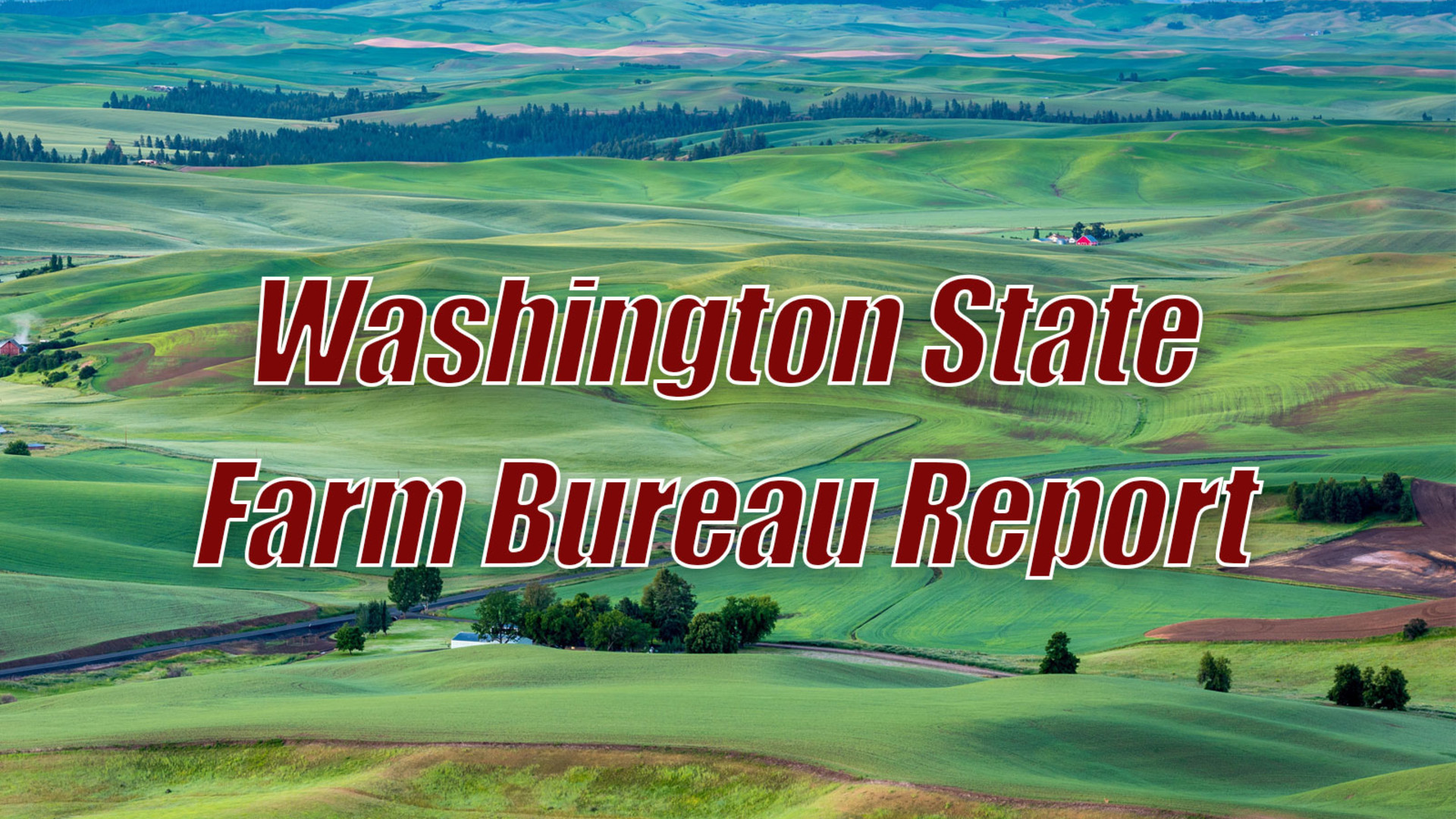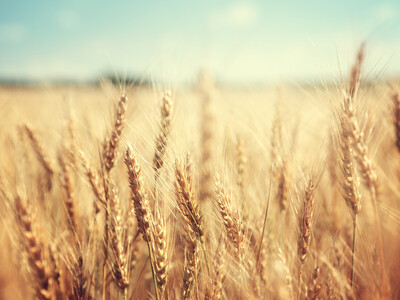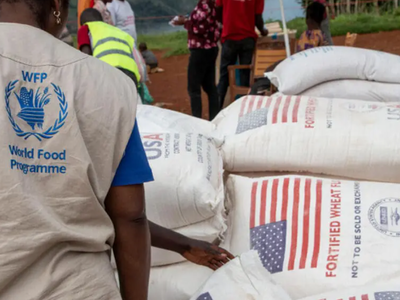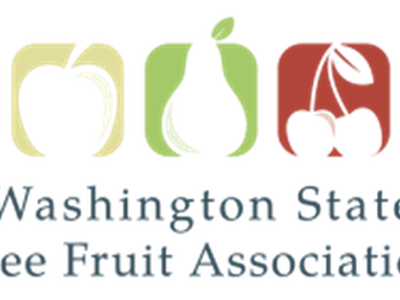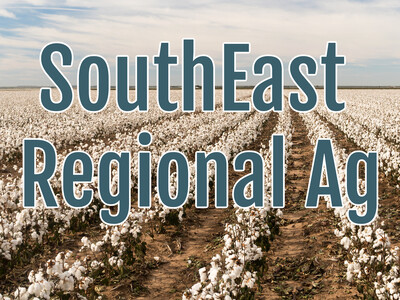Combating the Damaging Gypsy Moth
Combatting the damaging gypsy moth. I’m Lacy Gray, Washington Ag Today is next.
The gypsy moth is one of the worst forest pests ever brought into the U.S. In caterpillar form it attacks more than five hundred species of trees and plants and can devastate whole forest areas by stripping trees and plants of leaves, completely destroying some and weakening others. For the first times since 2005 the WSDA is proposing to treat two sites in the same year come next spring in order to combat gypsy moth. One treatment site would be in Eatonville, the other in Puyallup. State entomologists conclude that reproducing populations of gypsy moth exists at both sites. Mike Louisell, Public Information Officer with the WSDA talks about the damaging gypsy moth.
LOUISELL: Gypsy moth is a very terrible forest pest and it can also affect of course the horticulture, nursery, timber industry, agriculture...so we do detect it first and if we find it and there’s a reproducing population we eradicate it.
Complying with the SEPA and the NEPA, the WSDA will consult state and federal agencies, preparing documents for public review and comment, and assess the proposed treatments impact on the environment before approving. If the dual treatments are approved they will happen in April and May 2012. The biological insecticide Btk, which is registered for use in the U.S. by the EPA, will then be applied in three to five applications to affected areas over a two week period.
WSDA’s aggressive trap and pest detection programs also include apple maggot, Japanese beetle, spartina, and sudden oak death in order to protect and safeguard Washington’s agriculture, horticulture, forest, and nursery industries.
I’m Lacy Gray and that’s Washington Ag Today on Northwest Ag Information Network.


